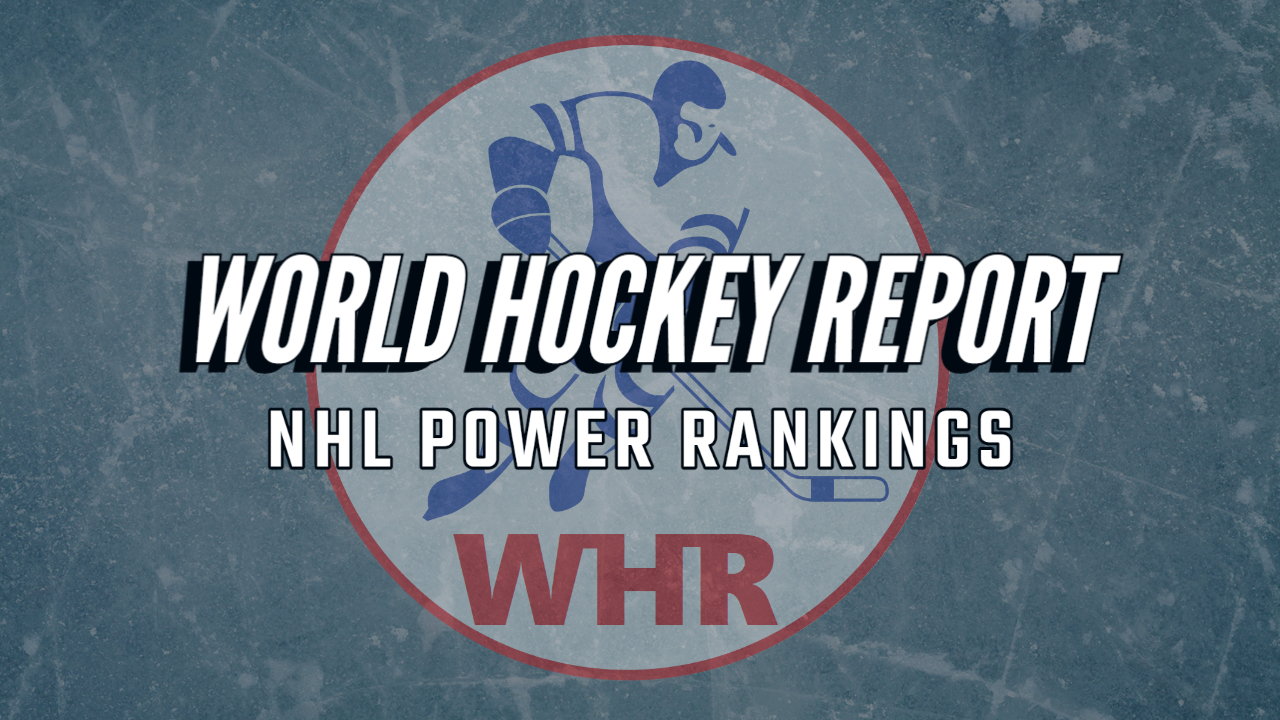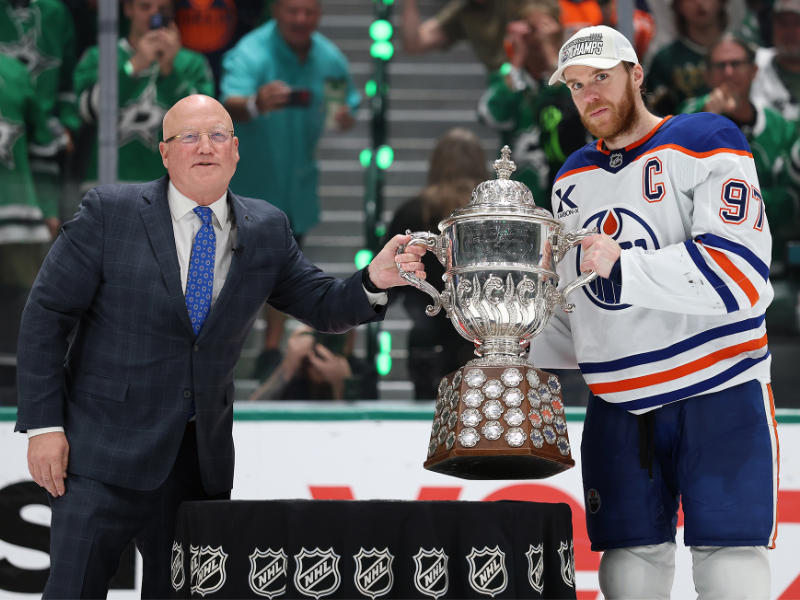
WHR NHL Power Rankings Week 4
November 8, 2022
Call Outs, Standouts, and Shout Outs: Oilers PK Struggles in 5-4 Loss to Capitals
November 8, 2022The Oilers’ New PK Strategy Isn’t Working

VANCOUVER, BC - Edmonton Oilers center Ryan Nugent-Hopkins (93) looks up ice during an NHL preseason game(Photo by Derek Cain/Icon Sportswire)
November 7, 2022 by Ryan Lotsberg
The biggest concern for the Edmonton Oilers thus far this season has been the penalty kill. Their penalty kill is sitting at 67.9% through thirteen games, which is 30th in the league. They’ve only had one game where they successfully killed every penalty. The latest example of it killing the Oilers came in a 5-4 loss to the Washington Capitals on Monday night where the Capitals scored four powerplay goals.
The only penalty killers that the Oilers lost from last season are Josh Archibald and Colton Sceviour. Those aren’t substantial losses. It isn’t a personnel issue. I’ve noticed that the Oilers are employing a different strategy on the penalty kill this season, and it isn’t working.
The Oilers have used a penalty kill where the high forward pressures the puck carrier and the low forward protects the middle of the ice to prevent a cross seam pass for the past handful of seasons. The concept of using a high and a low forward hasn’t changed, but the high forward is now moving into a passing lane rather than directly pressuring the puck carrier.
Watch Dylan Strome’s powerplay goal from Monday night’s game. Strome received a pass on the right wing shortly after the Capitals crossed the Oilers blue line. Derek Ryan pressured Strome, but he took a path that put him between Strome and the point man. Ryan’s job there was to prevent a pass from going to the point, but Strome passed the puck through Ryan and to the point man.
As soon as that pass went to the point man, the low forward (Ryan McLeod) raced into the passing lane between the point man and Alexander Ovechkin on the other side of the ice.
That meant that Ryan had to get to the middle of the ice to be the low forward. That gave Kuznetsov, who had moved into Strome’s position on the right half wall from the bumper spot, a lot of space. Since the pass to Ovechkin was covered, the pass went to Kuznetsov who had nobody around him.
Kuznetsov received the puck above the faceoff circle. The player responsible for challenging Kuznetsov at that point was the defenceman on that side (Darnell Nurse), who was at the bottom of the faceoff circle. Nurse got into the shooting lane. That created a problem because he had to leave his man to challenge the shot.
Cody Ceci had Marcus Johansson in front of the net, but Johansson moved higher in the slot to create room for Nurse’s man (Strome) to go to the front of the net. That gave Kuznetsov two passing options being covered by one Oiler defender. Ceci chose the right man to go after, but he couldn’t get to Strome before Kuznetsov made the pass that bounced in off Strome’s stick.
The Oilers tried the same strategy on Ovechkin’s powerplay goal later in the game. Nugent-Hopkins lost the faceoff to Kuznetsov, and the puck went back to the point. Zach Hyman immediately raced to cover the passing lane between the point man and Ovechkin. That left Nugent-Hopkins in the shooting lane from the point.
The trouble ensued when Hyman couldn’t block the pass over to Ovechkin. Nugent-Hopkins didn’t have time to get over to Ovechkin to pressure him. Tyson Barrie was the defenceman on that side, but he was taking his man to the net immediately after the faceoff. He took the passing lane between Ovechkin and his man, leaving Stuart Skinner to face the shooter. That was the right move; but if you give Ovechkin that much time and space, he’ll make you pay. That’s exactly what happened.
The Oilers are trying to create turnovers by dictating where the opponent has to pass the puck. They’re doing that by covering passing lanes rather than players. If the opponent follows the script, then it’s a plan that can work. However, the opponents aren’t following the script.
Choosing to block a passing lane instead of challenging the point man when he has the puck gives the point man more time to make a play. They’re trying to make the point man’s choice easy, but the system doesn’t put the team in a good position to defend that player on the half wall once he gets the puck. The player on the half wall gets a ton of time and space while the low forward skates over from the middle of the ice to protect the passing lane back to the point. That forces the defenceman to rotate up and leave low plays open, or live with the consequences of letting the half wall player walk into the middle of the ice and do what he wants with the puck.
It’s time for the Oilers to scrap this new penalty killing strategy because it’s slowly killing them this season.


1 Comment
[…] a short-handed goal, and they got burned going the other way. The other two were more telling of what’s wrong with the Oilers penalty kill this season. Having said that, the penalty kill continues to cost the Oilers valuabble points in […]